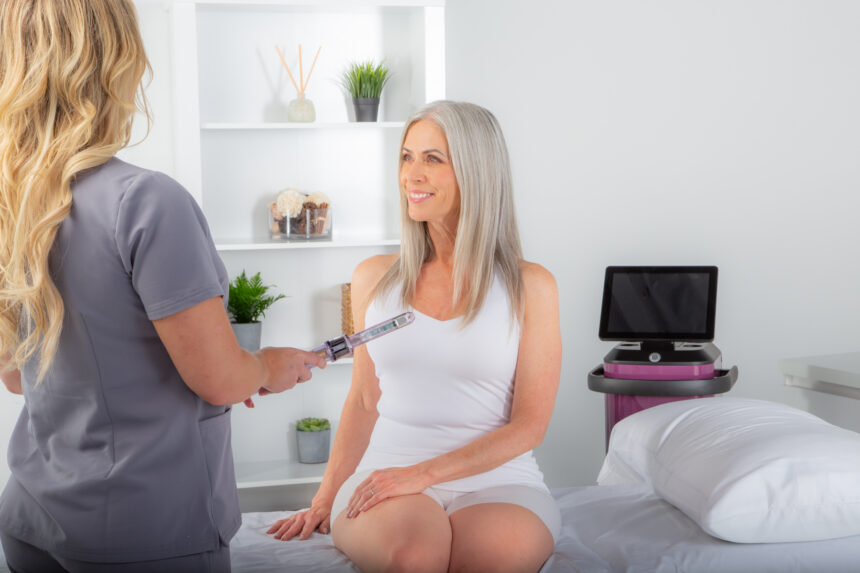Pelvic rejuvenation refers to non-surgical therapies designed to support pelvic tissue health and function. Options include radiofrequency treatments that deliver controlled heat, laser therapy to prompt repair, and platelet-rich plasma (PRP) injections. These approaches target collagen quality, blood flow, nerve signaling, and pelvic floor support. Here are some of the benefits pelvic rejuvenation may provide:
Repaired Vaginal Walls
Some women notice their skin feels firmer after laser treatments, and PRP is used for a similar purpose. The process involves improving collagen and elastin, which are proteins that keep skin elastic and firm. This happens through the activity of special cells called fibroblasts and a slow change in the tissue around cells. Results usually appear over several weeks.
Treatments are quick, recovery is minimal, and follow-up plans vary depending on the device used and the woman’s goals. A typical plan might include settings, the frequency of visits, and home care, like gentle moisturizers. A step-by-step plan, including initial exams, symptom tracking, and follow-ups, helps monitor progress.
Improved Blood Flow
Improved circulation is often discussed with pelvic rejuvenation, which may support lubrication, tissue resilience, and sensation. PRP includes growth factors that are used for their role in vascular signaling. While individual outcomes differ, clinicians track markers like tissue color, temperature, and patient-reported dryness. Here’s a simple way to think about the process:
- Stimulus: Energy or PRP signals local repair.
- Response: Cells release cytokines and growth factors.
- Remodeling: Collagen organization and changes occur over time.
You might notice gradual shifts rather than immediate changes. Hydration, pelvic floor exercises, and avoiding irritants support the tissue environment during a series. Questions about intercourse timing, topical agents, and post-care are part of routine guidance, and written instructions reduce guesswork.
Improved Urinary Function
Urinary concerns, such as mild stress incontinence or urgency, relate to urethral support, mucosal health, and pelvic floor tone. RF or laser therapies target the anterior vaginal wall, where improved tissue quality may contribute to better support. PRP is sometimes applied in protocols that aim to influence tissue hydration and signaling. Because bladder symptoms vary, a thorough assessment may be helpful. A bladder diary, pelvic exam, cough stress test, and discussion of fluid timing help map triggers.
Start with behavior steps, add pelvic floor training, and then layer in in-office therapies when appropriate. Timed voiding reduces urgency spikes, while strength work targets endurance. Energy-based sessions are spaced to allow recovery; practitioners watch for transient irritation, spotting, or sensitivity. You get a measured approach that respects symptom patterns and coexisting issues.
Try Pelvic Rejuvenation Techniques
If you are curious about next steps, start by documenting your goals and symptoms for four weeks; this journal supports clearer choices. Bring the record to a clinician experienced with RF, laser, and PRP in the pelvic region. Ask about device type, treatment numbers, expected timeframes, known risks, downtime, and costs. Review alternatives such as pelvic floor physical therapy, topical estrogen for vaginal atrophy, lubricants, and lifestyle shifts. Schedule a consultation, request a personalized plan, and set follow-up points to evaluate progress. Book an appointment with a qualified pelvic health provider and discuss whether pelvic rejuvenation techniques fit your needs.





